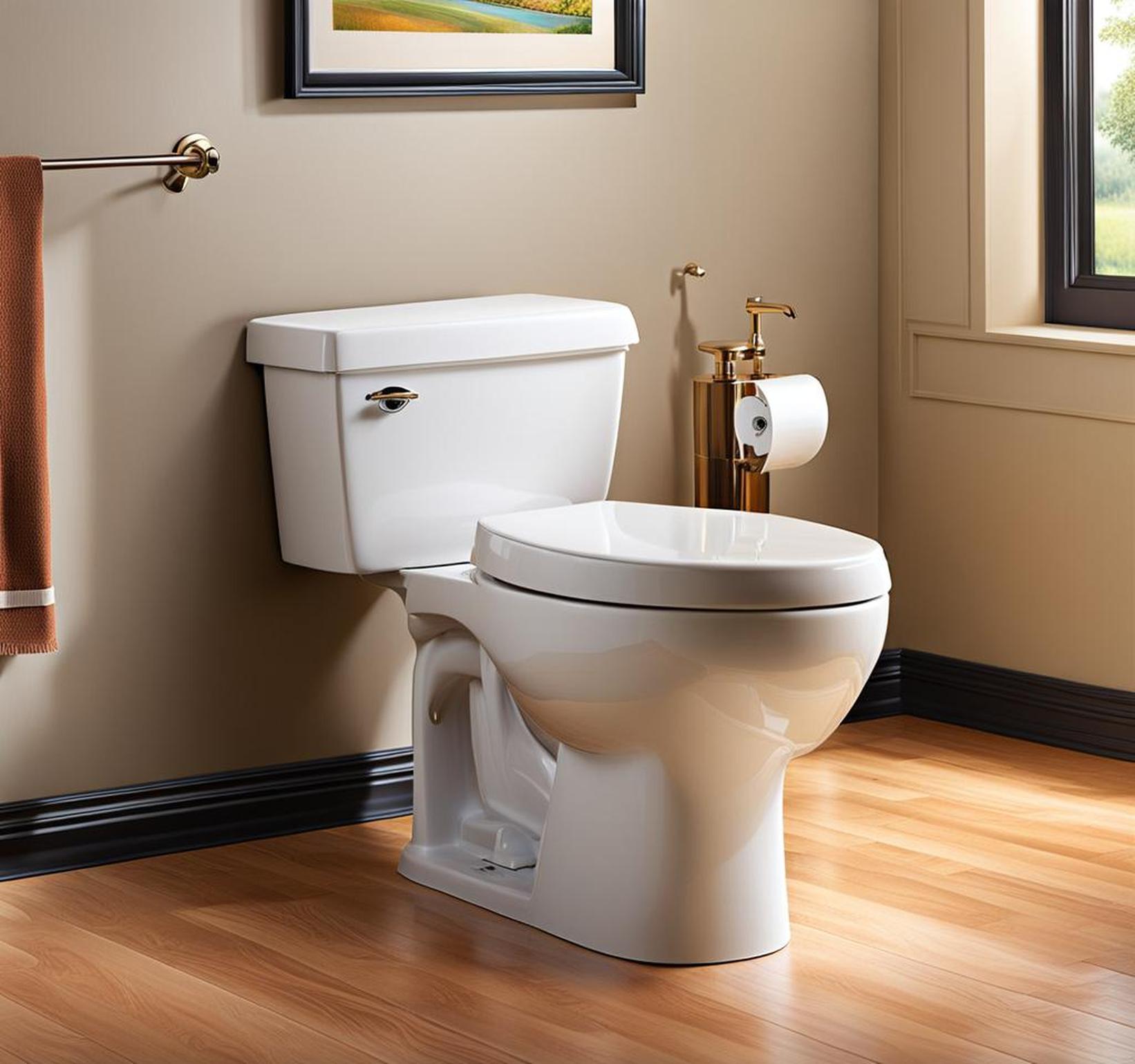Is your toilet taking forever to flush or requiring multiple flushes to clear the bowl? A slow flushing toilet is not only inconvenient but can also lead to unpleasant bathroom backups. While calling a plumber may seem like the easiest solution, many common toilet clogs and flow issues can be fixed with basic DIY troubleshooting.
With a little effort, you can often unclog a slow toilet yourself and avoid the hassle and cost of a service call.
Symptoms of a Slow Flushing Toilet
A slow flushing toilet may exhibit several signs indicating reduced flow. Some common symptoms include:
- Water draining slowly from the bowl after flushing
- Needing to flush multiple times to clear the bowl
- Water not reaching the proper level in tank or bowl
- Gurgling sounds coming from toilet
If you notice any of these issues, there are likely one or more underlying causes impairing the flushing performance. Identifying and addressing the specific cause(s) is key to restoring a strong, quick flush.
Potential Causes of a Weak Toilet Flush
There are several common culprits of a toilet that flushes slowly or weakly. The main categories include:

Low Water Levels
If the tank or bowl is not filling with sufficient water, flushing strength will suffer. Some reasons for decreased water supply include:
- Malfunctioning fill valve not closing properly
- Fill valve set too low, not allowing full tank capacity
- Partially closed supply valve reducing flow
An inadequate water level prevents enough siphon action during flushing. Checking fill levels and valves should be a first step in diagnosing flush problems.
Partial Clogs
Even small clogs and buildup in waste pipes can impede water flow and reduce siphon strength. Partial clogs commonly occur:
- In the trap below the toilet
- In drain pipes leading from the toilet
- Due to objects inadvertently flushed down the toilet
A partial clog may not completely block drainage but still slow the flush. Plunging and snaking are often able to clear this type of obstruction.
Mineral Buildup
Hard water can leave behind calcium, lime, and mineral deposits, especially around the siphon jet holes under the rim. This buildup narrows the jets and impedes the siphon flush action, resulting in a weaker and slower flush.
Other Issues
Problems outside the toilet itself can also lead to poor flushing. For example:
- A malfunctioning flush valve that doesn’t raise high enough or seal properly
- A blocked vent pipe that restricts proper siphon creation
- Cracks in the tank or bowl leaking water
These types of issues often require replacement parts or professional repair service to correctly fix.
DIY Diagnosis and Repairs
Before calling a plumber, there are several DIY checks you can perform to determine the cause and attempt clearing a slow toilet yourself. This can save considerable hassle and expense if successful.
Check Water Levels
Start by verifying the tank water level is correct. The tank should fill to about 1 inch below the overflow tube. If water is lower, try adjusting the float cup on the fill valve assembly to raise the level. Make sure the supply valve is fully open.
Also check that water in the bowl reaches the proper level after flushing, around 1 inch below the rim. If not, a poor siphon during the flush may be allowing water to drain prematurely.
Clear Partial Clogs
Pouring a bucket of hot water into the bowl can help dislodge soft clogs. Add more hot water while plunging vigorously to loosen buildup. An auger or “closet snake” can also effectively break up and extract clogs if plunging fails.
Avoid chemical drain openers, as they can damage pipes. For severe clogs, call a drain cleaning service to jet or snake the lines.
Remove Mineral Buildup
Check under the toilet rim for any crusty mineral deposits. Use a pumice stone, metal-safe scrub brush, or mineral remover to dissolve and scrub away buildup around siphon jet holes.
To prevent recurrence, install a water softener system or replace plastic toilet jets with less clog-prone epoxy-coated brass jets.
Adjust or Replace Flush Valve
The flush valve at the bottom of the tank releases the flush water into the bowl. Make sure the chain/lever assembly is lifting the valve fully. If not, adjust the length or replace the assembly.
Also inspect the rubber valve seal for wear or deformation. A damaged seal prevents the valve from closing completely after flushing. Replace the entire flush valve if required.
When to Call a Plumber
While many flushing issues can be addressed with basic DIY methods, some situations do require professional help:
- If DIY efforts do not improve performance, the problem may require expertise to diagnose and fix.
- Repairs like replacing a fill valve, flush valve, or vent pipe are best left to a professional.
- A suspected vent blockage will need service to clear and test the vent system.
Avoid taking apart the tank yourself or using harsh chemical drain cleaners. When in doubt, call a professional plumber to ensure proper diagnosis and repair.
Following the steps outlined, you can likely get to the bottom of a lagging toilet flush and get it functioning fast again:
- Check water levels and valves
- Plunge and snake to clear obstructions
- Remove mineral buildup
- Adjust/replace flush valve as needed
Taking the time to troubleshoot and implement DIY fixes can restore your toilet’s flushing force and prevent unnecessary plumber expenses. With the right approach, you can tackle a slow flushing toilet yourself and avoid putting up with the hassle.
